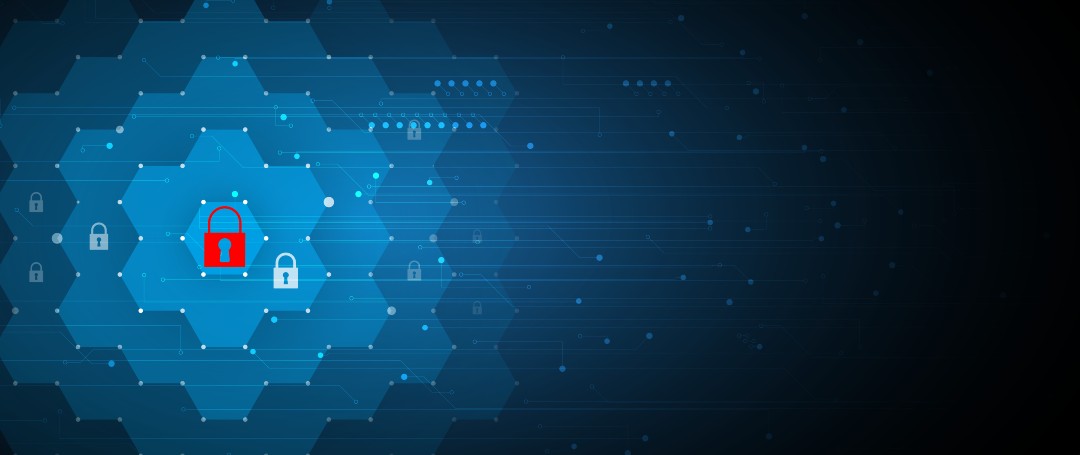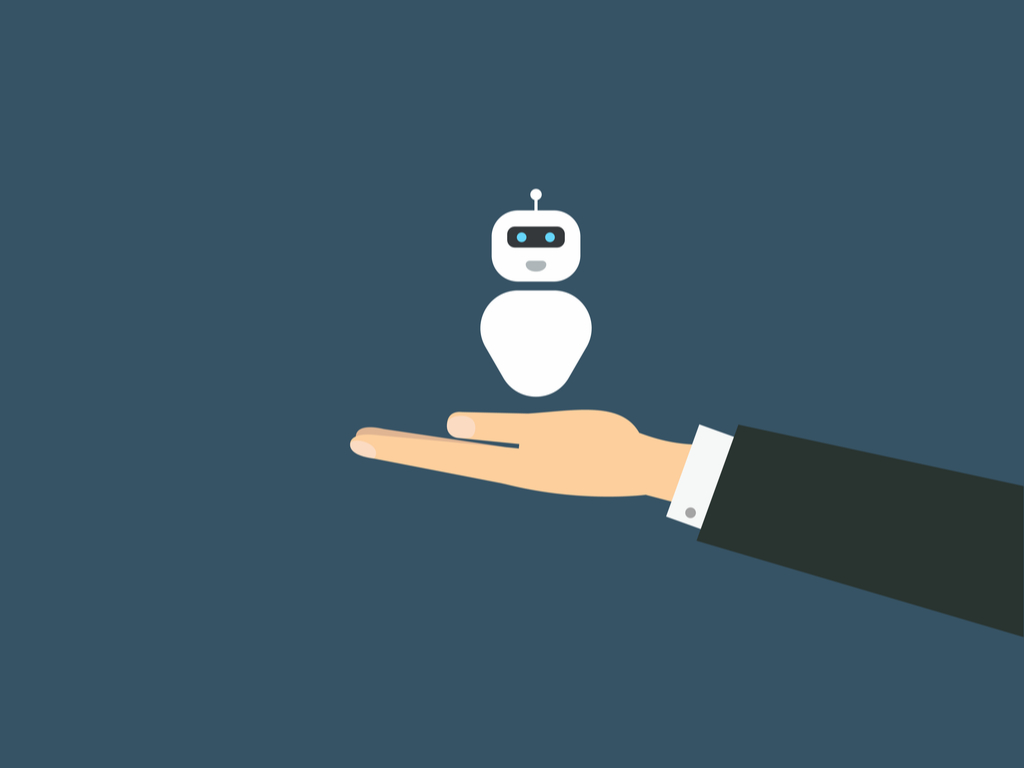Tech advances such as Gen AI and the globalised business market are disrupting existing work models. The competitive business environment forces work teams to move fast and make instant decisions. Innovation has become the norm.
Businesses often struggle to keep pace with these changes and fade into obsolescence.
How can businesses keep up with these trends and gear up to face the future of work heads-on?
How is Work Changing?
The first step to solving any problem is to understand the problem first.
The Rise of Remote and Flexible Work
The primary disruption to incumbent work models is digitisation. Traditional 9-to-5 permanent employment faces a slow but certain death. Advances in collaboration and communication tools make remote work popular.
The rise of remote work coincides with the rise of the gig economy. Individuals are no longer tied to a company as employees. They rather work as independent contractors. Their commitment to the project they work and not to the enterprise. And they may work for multiple companies side-by-side.
The Displacement Caused by Automation and AI
Another major disruption to existing work models is automation and artificial intelligence (AI).
Machines take over cognitive abilities and tasks humans perform until not too long ago.
Most routine and clerical work is already automated or faces automation at a fast pace. Gen AI extends the scope of automation to many cognitive tasks.
The existing gen AI technologies can automate work activities that absorb up to 70% of a typical employee’s time today. And this is still the early days of gen AI.
Human workers will focus on higher-level tasks outside the scope of AI.
Technologies that Support the Changing Nature of Work
Enterprise success depends on systems to support work models that factor in the changed realities of work. Enterprise IT teams have to adopt technologies that facilitate remote work and enable humans to make the best use of gen AI and other automation tools.
Cloud Computing
The cloud becomes indispensable to support a remote and distributed workforce. When enterprises move their databases and applications to the cloud, remote teams can access data and tools from anywhere. The business becomes more agile and responsive.
The cloud also improves the flexibility and scalability of the IT infrastructure. The enterprise gets on-demand access to computing resources. They can provision resources according to business needs and adapt to changing requirements fast.
The scalability enabled by the cloud supports innovation as well. Work teams can try new ideas without heavy upfront investment in hardware.
Software-Defined Networking (SDN)
Traditional network configuration and management is on a device-by-device basis. SDN brings in a centralised controller that offers a global bird’s-eye view of the network.
SDN decouples the control plane from the data plane. It allows admins to manage the entire network from a single interface. With SDN, network administrators can:
- Automate routine tasks through programmable interfaces.
- Centralise and automate network configuration.
- Provision network resources for new users and applications fast.
The network becomes more agile and flexible, to support remote work and automation.
Zero Trust Security
Traditional perimeter-based security is ineffective in stopping threats in today’s spread-out networks. When employees access network resources from remote locations, perimeter-based protections become meaningless.
Zero trust security assumes that no user or device is trustworthy. It assumes all traffic is a potential threat and mandates continuous authorisation.
The zero trust security model:
- Mandates authentication every time a user, application, or device seeks access to resources.
- Divide the network into segments, to limit the damage in case of any breach.
Collaboration Tools
Remote work models succeed only with robust communication tools that enable seamless collaboration.
Solutions such as Google Workspace, Microsoft Teams, Slack, and Zoom offer readymade options. Remote and distributed teams use these platforms to connect and access files or communicate in real time.
IT teams need to identify the best tools that match their business workflow.
They also have to integrate these tools with other business applications. Robust integrations streamline workflows and ensure the free flow of data among these systems.
At times, generic tools may not fit the bill and custom solutions become expedient.
Approaches to Facilitate the Changing Nature of Work
Adopting technologies alone will not make the enterprise ready to cope with new work models. Enterprise readiness also depends on adopting systems and best practices conducive to new work models.

Make Enterprise Systems Consistent and Simple
The workforce cannot afford to waste time navigating complexities in today’s fast-paced environment. Complex structures make roles and responsibilities unclear and cause inefficiencies.
Consistency goes hand-in-hand with simplicity.
One example of consistency is containerisation. Tools such as Docker and Kubernetes package applications and their dependencies into containers. This ensures consistency across development, testing, and production environments.
Adopt a Mobile First Approach
In today’s AI-centric age, many workers are not tied to a desk. They work when on the move, and work mostly gets done through the smartphone or a tabet.
A mobile-first approach gears the user interface towards mobility. navigation becomes seamless and the UX improves for remote workers.
Developing mobile apps for specific functions simplifies work. Easy navigation, with clear and uncluttered visual interfaces, improves productivity big-time. Such apps ensure employees can access and use company resources from anywhere. For instance, mobile apps for field service software allow supervisors to assign work orders to technicians. The technician’s mobile app notifies the job assignment. It also provides instructions, allowing seamless work execution. The technician can also collect electronic data. Automated systems update databases and generate reports.
Pay Attention to Data
Data is the lifeblood that powers AI and automation. Employees cannot work without easy access to data. The enterprise IT team has to make proactive interventions to:
- Eradicate unnecessary data silos.
- Set up data lakes to establish a single source of truth for all enterprise data.
- Set up APIs that facilitate easy data flows across different enterprise systems, such as ERP. CRM, accounting software, field service suite, and other systems.
Promote Self-Service
In today’s fast-paced work, employees need self-service tools for success. The old method of putting up a request and waiting for action would lead to missed opportunities. The employees also get frustrated due to their low productivity.
Self-service portals and knowledge bases enable employees to resolve common issues without relying on expert help.
Low-code or no-code platforms allow business users to get things done without waiting for the IT team to do their bidding.
Facilitate Continuous Learning
Employees working in the gen AI era need reskilling and upskilling. They need support to adapt their skills to cope with the new realities. Their job invariably demands more creativity, problem-solving, and critical thinking. They will also have to learn to work alongside AI-powered robots.
The onus is on the IT teams to collaborate with HR, finance, and operations teams to:
- Understand workforce needs and chalk out training interventions.
- Make sure all employees, especially remote employees undergo security awareness training. Make sure employees understand their role in mitigating risks.
- Establish KPIs to measure how well the employee applies training concepts at work. The best KPIs align with enterprise strategic goals. At the enterprise level, tracking KPIs pinpoint improvement areas, and adjust resource allocation.
The enterprise IT teams also need active support. They need training programs and certifications to stay current with technology advancements.
If enterprise IT teams prepare for the future of work, they can unlock paradigm changes and seize opportunities. But if they fail to prepare, they will find the going tough. Competitors will dictate the flow, and the enterprise will fade into obsolescence.












